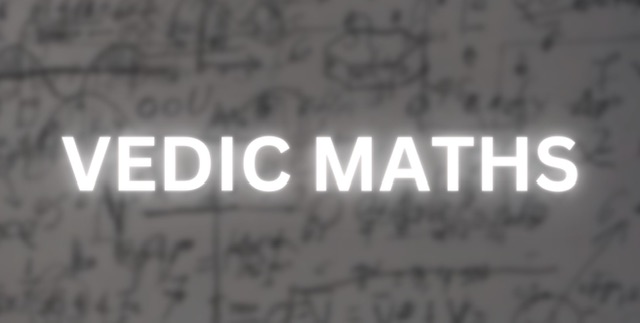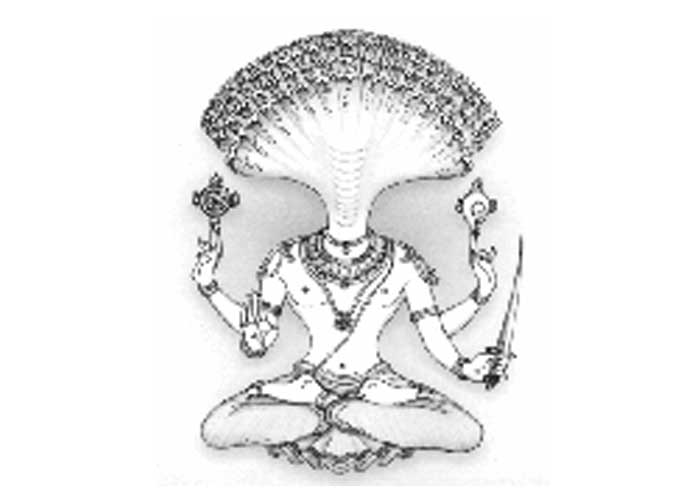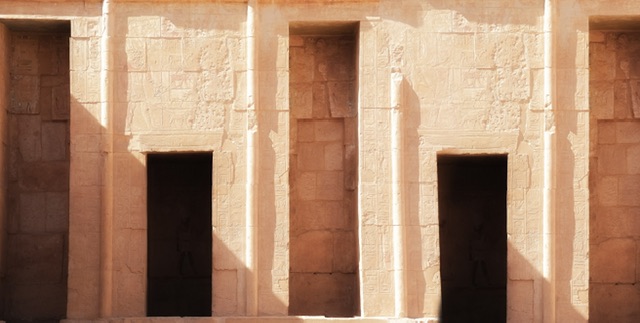There is no denying the fact that modern education has brought social awakening and awareness amongst people but at the same time it has created educated individuals whose knowledge is confined to books, something which they are seldom able to use when the need arises.
It has pushed modern youth away from their roots and their own culture in preference to Western materialism. Culture is something that all educational institutions accept as important, but easily ignore or forget about. Today, when children are moving away from the very basics of civilised conduct and thinking, it is important to keep their feet firmly on the ground and to instill right values in them.
Education must equip the students with a clear-cut vision of their responsibilities and a balanced approach towards their rights and duties. The education providers have a crucial role to play here. The term school culture generally refers to the beliefs, relationships, attitudes, and written and unwritten rules that shape and influence every aspect of how a school functions. Truly remarkable outcomes are possible in a classroom where trust, respect and
caring relationships flourish. But creating such an environment is a tremendous challenge.
Flip Flippen, a noted American educator observed, “If you have a child’s heart, you have his head.” The youth of today cannot be pushed or forced into something, what is needed, is to adopt means and ways such that they develop a natural interest in their culture and
its finer aspects. It is not about moral policing or about tying the students in customs and traditions, rather it is a conscious effort to encourage an all rounded development such that they can match their ancestors in their supreme sensitivity and in-depth understanding of every aspect of creation – arts, literature, astronomy, physics, mathematics, environment, human body and health, you name it.
It might come as a surprise to many, but the traditional schooling systemin India instilled in a child, 64 kinds of arts and talents. And all of these were transferred through the unique and truly amazing Guru-shishya parampara, the sole interest of the Guru being gyan for the shishya, without any kind of commercial exchange or fee. The manner in which hereditary occupational knowledge and skills were transferred, was through practice and experience and not through formal classroom lectures, which often suppress originality and verve of people. The system, led society to have more production, economic efficiency and specialization in various areas of activities like spinning, weaving, pottery making, bead making, seal making, terra-cotta, handicrafts, brick-laying, metal work, and also in fields of architecture, astronomy, geometry, literature etc. I recently read an article on how Sushruta, an ancient Indian surgeon, mastered the art of nose surgery and practiced it in the town of Benaras thousands of years
back and it was by observing the students who carried forward his knowledge in the village, that the British recorded the technique in a magazine and developed the art of Rhinoplasty. Our culture abounds with the likes of Sushruta.
Modern education has disassociated people from their traditional way of learning, classical roots and knowledge. Our ancients taught us Vasudev Kutumbakam, that is world is a family. Let us combine the best practices from across the world and through times to put forth an education system that help the children in realising their true potential and propel the world towards development in its truest sense.





